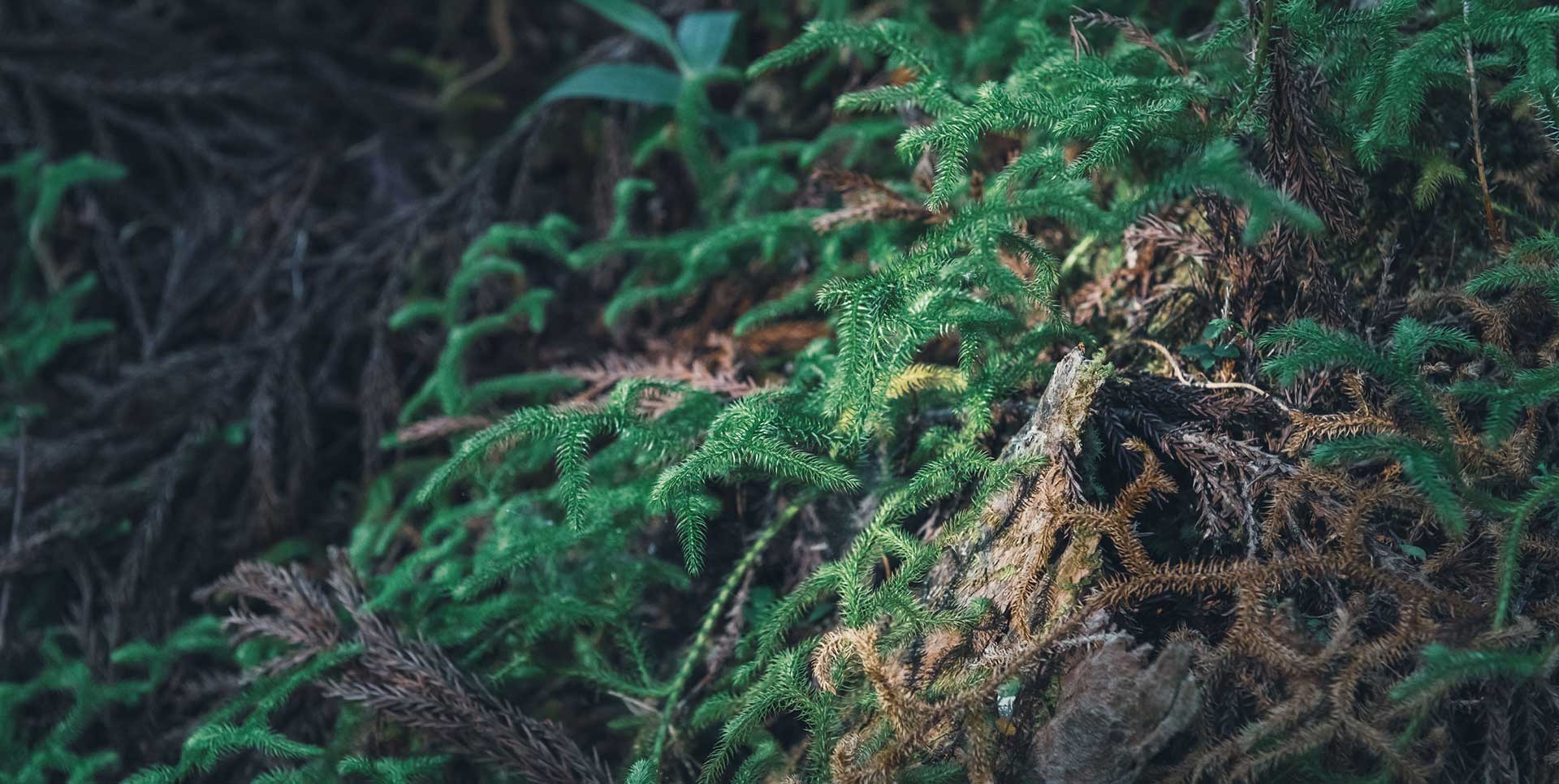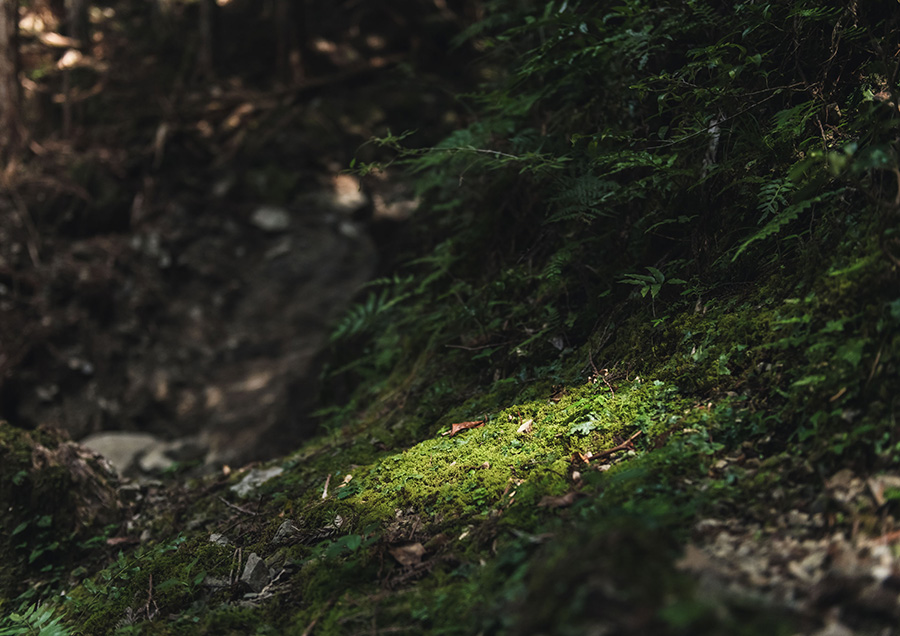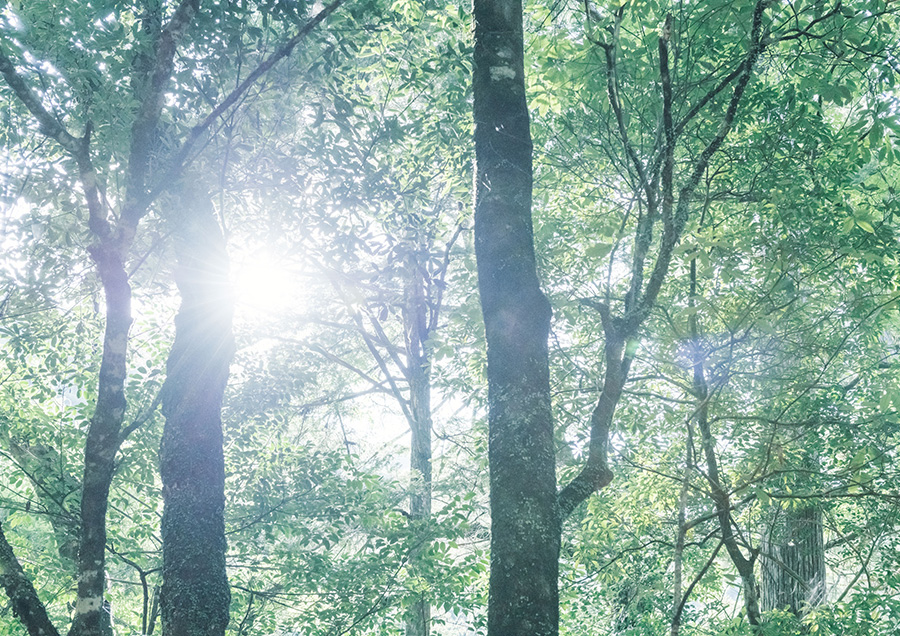

History of Okuyamato
“The History of Oku-Yamato Began with Reverence for Nature

The people of Oku-Yamato have lived by seeing deities in the mountains.
The area features endlessly deep mountains and clear, pristine waters flowing from the mountains into rivers. With forests covering 90% of the land, stepping into Oku-Yamato feels like time slows down, transporting you back to an era or two ago. Here, people live in harmony with nature, embracing both its blessings and harshness. The people of Oku-Yamato have long appreciated and enjoyed the blessings from the forests, while also holding a deep respect and awe for the mountains, which can bring terrifying disasters such as heavy rains and landslides, venerating them as sacred.
Born from this mountain worship over 1300 years ago is Shugendo (the way of training and testing to manifest spiritual powers), which involves entering the deep mountains to train and gain mystical powers for the salvation of oneself and others. The origin of Shugendo is said to be Mt. Omine in Tenkawa village of Oku-Yamato, which stands at 1,719 meters tall. En no Gyoja, the founder of Shugendo, started this practice at Mt. Omine. Consequently, the mountain became revered as a ‘sacred peak’ by the yamabushi, mountain ascetics, who came from all over Japan to train there.”

“En no Gyoja established a pilgrimage route of about 80 kilometers known as the ‘Omine Okugake Trail.’ This trail starts from Yoshino, almost at the center of Nara Prefecture, goes through Mt. Omine, and ends in Kumano in Wakayama Prefecture. This trail, part of the ‘Sacred Sites and Pilgrimage Routes in the Kii Mountain Range,’ has been registered as a UNESCO World Heritage Site. Even today, many people visit Mt. Omine to engage in spiritual training and self-reflection. However, the mountain remains off-limits to women, with a boundary gate at the trailhead marking the start of the men-only area.
Along the route frequented by the yamabushi (mountain ascetics) and other pilgrims, hot spring towns have developed. These towns originally formed as post stations where the ascetics could rest. Over time, these areas have become gathering places for local residents. In Tenkawa Village, at the base of Mt. Omine, there are about 20 traditional Japanese wooden ryokan (inns) and guesthouses, including some historic establishments boasting a history of over 500 years. These inns contribute to the area’s charming and scenic landscape.”
“Shrines dedicated to deities guarding and distributing water are located throughout the region.
On the other hand, Yoshino, the starting point of the Omine Okugake Trail and centrally located in the prefecture, has been a land of historical significance to Japan from ancient times. It is mentioned in 7th-century texts such as the Kojiki, Nihon Shoki, and Manyoshu. Prince Oama, who later became Emperor Tenmu, hid here before the Jinshin War, and Emperor Go-Daigo chose Yoshino as the base for the Southern Court after overthrowing the Kamakura shogunate and restoring imperial rule. The deep, forbidding mountains and the vigorously flowing pure waters of Yoshino must have been seen as mystical and a source of solace.
In Oku-Yamato lies Niukawakami Shrine (comprising the Upper, Middle, and Lower Shrines), Japan’s oldest shrine dedicated to the deity of water, dating back to the 7th century. The people of Oku-Yamato, known for being one of Japan’s wettest regions, have always deeply appreciated water as the source of all life. Since 763 AD, a tradition has been followed: offering a black horse for rain prayers and a white horse for sunny weather at the Niukawakami Shrine’s Lower Shrine.”

“Besides these, in Oku-Yamato, there are other shrines such as Yoshino Mikumari Shrine and Uda Mikumari Shrine, dedicated to deities governing the distribution of water, as well as Muro Ryuketsu Shrine, which venerates the dragon god, a deity of water. Additionally, in the ‘Sannokou’ district of Kawakami Village, the source of the Yoshino River, there has been an untouched forest for over 500 years. The village preserves this forest as the ‘Yoshino River Headwaters – Forest of the Water Source.’
The people of Oku-Yamato have always lived in harmony with nature. Recently, there has been an increase in people relocating to the area, many of whom decide to move because they resonate with this way of life that exists in tandem with nature. There are many young furniture craftsmen and woodworkers, including those who have studied abroad, in the area. These individuals are learning techniques passed down through generations from local artisans, and in the process of working together, they are creating new designs and mechanisms like a chemical reaction. A new chapter in the history of Oku-Yamato is now being woven.”